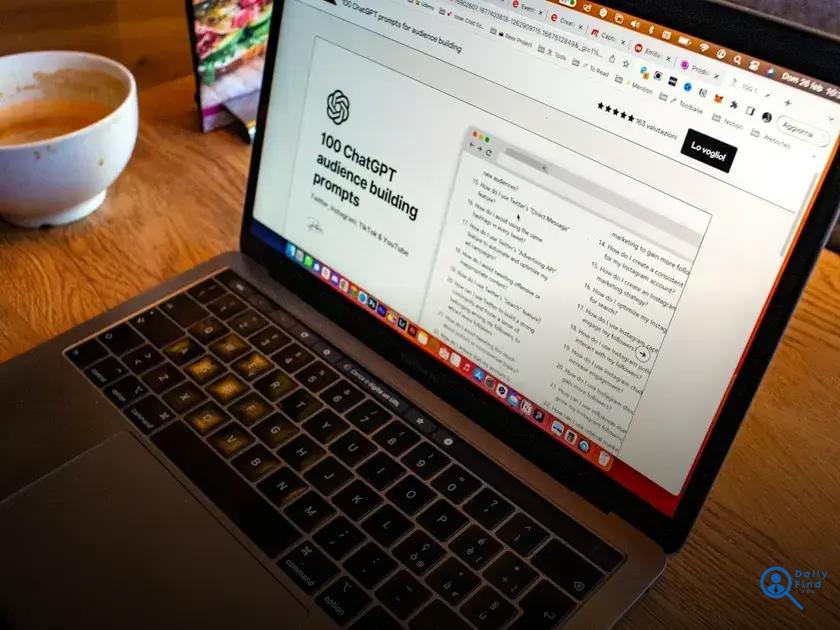Handling conflict as a manager is crucial for maintaining a productive workplace. Conflicts can arise from misunderstandings, differences in opinions, or competition. Recognizing the root causes of conflict and adopting effective communication techniques can be the difference between a tense work environment and a collaborative one. Explore strategies for conflict resolution and learn how to build a collaborative work environment that encourages open dialogue and mutual respect. The right approach can transform challenges into opportunities for growth and innovation.
Understanding the Root Causes of Conflict
Identifying Underlying Issues
Comprehending the root causes of conflict involves looking beyond immediate disagreements and identifying underlying issues. These issues often stem from differences in values, unmet expectations, or perceived threats to one’s identity or status within the workplace. For managers, it is crucial to listen actively and recognize these deeper concerns that might not be immediately apparent.
Recognizing Emotional Triggers
Emotions play a significant role in workplace conflicts, and understanding the emotional triggers that lead to disagreements is vital. A manager needs to keep an eye out for signs of frustration and stress among team members, as these can often escalate into larger conflicts. Awareness of emotional dynamics can help managers address personal issues that might be the source of workplace tension.
Social and Environmental Factors
The environment in which employees work can contribute to conflict. For example, high-pressure settings or competitive atmospheres might breed discord. Managers need to be mindful of social dynamics that can foster conflict, such as cliques or isolation, and work towards creating an inclusive and supportive environment.
Conflict might also arise due to miscommunication or lack of communication. Managers should encourage open dialogues to clarify misunderstandings early on, thus preventing conflicts from developing further.
Effective Communication Techniques
One of the most critical skills a manager can develop is the ability to communicate effectively during conflicts. Good communication can prevent misunderstandings and put everyone on the same page, minimizing the chances of conflicts escalating. Here are some key techniques that managers can use:
- Active Listening: It includes giving full attention to the speaker, acknowledging their message, and responding thoughtfully. This helps in understanding different perspectives and finding common ground.
- Use of Clear Language: Clearly articulated messages reduce misinterpretations. Avoid jargon or words that may have different meanings for different people. Precision in language enhances understanding.
-
Non-verbal Communication:
Non-verbal cues, such as body language and facial expressions, can convey messages more powerfully than words. Ensuring that your non-verbal communication aligns with your verbal message is crucial.
-
Empathy:
Showing empathy means understanding the emotional states of others and responding empathetically. It is important to create a supportive atmosphere where team members feel valued.
- Feedback and Paraphrasing: Offering feedback and paraphrasing shows that you are engaged in the conversation. It clarifies intentions and confirms understanding, which can reduce misunderstandings.
-
Open-ended Questions:
Encourage dialogue by asking questions that cannot be answered with a simple ‘yes’ or ‘no’. This approach promotes elaborate responses and deeper understanding.
Overall, honing these communication techniques can significantly aid in handling conflicts efficiently, reinforcing a manager’s ability to lead and maintain a harmonious work environment.
Strategies for Conflict Resolution
Developing strong strategies for conflict resolution is essential to managing teams effectively. Understanding different approaches can help you navigate and diffuse tense situations. One effective strategy is to focus on active listening. By giving each party a chance to express their views without interruption, you demonstrate empathy and ensure that everyone feels heard. This can set a positive tone and encourage more open communication.
Another useful method is to focus on interests, not positions. Encourage those involved to look beyond their immediate demands and consider the underlying interests. By identifying the shared goals or needs, it’s often possible to find a solution that satisfies everyone, promoting unity and cooperation.
It’s also vital to stay neutral. As a manager, remaining impartial helps in gaining trust from all parties involved. Avoid taking sides, and work towards guiding the conversation in a way that emphasizes common objectives and mutual respect.
Implementing a problem-solving approach is another beneficial tactic. Encourage brainstorming sessions where the team collaboratively seeks solutions. This not only helps in resolving the current conflict but also strengthens the team’s ability to handle future disagreements constructively.
Finally, encourage accountability by having all parties involved agree on a plan for resolution with clear steps and responsibilities. Document the plan and follow up regularly to ensure progress. This helps in establishing confidence and a sense of accomplishment upon resolution.
Building a Collaborative Work Environment
In a team, conflict is inevitable. However, a manager’s role is vital in turning conflict into collaboration. Encouraging a collaborative work environment can be the key to resolving disputes effectively. Here are some strategies to build such an environment:
Start by establishing a culture of openness and trust. Encourage team members to express their ideas and concerns openly. When everyone feels heard, it’s easier to find common ground.
Incorporate team-building activities that promote interaction and understanding among colleagues. Activities aimed at improving cooperation can enhance team dynamics and reduce potential conflicts.
Implement a system where feedback is constructive and regular. Empower your employees to give and receive feedback positively. This helps in addressing issues before they escalate.
Additionally, foster a diverse and inclusive environment. Embrace different perspectives and ensure everyone feels valued. This diversity leads to innovation, and when managed well, reduces tension.
A key component is encouraging collaboration over competition. Shift the focus from individual achievements to team success. This creates a sense of community and shared goals.
As a manager, lead by example. Show your team how to collaborate effectively by demonstrating active listening and compromise. By doing so, you set a standard for your team to follow.


